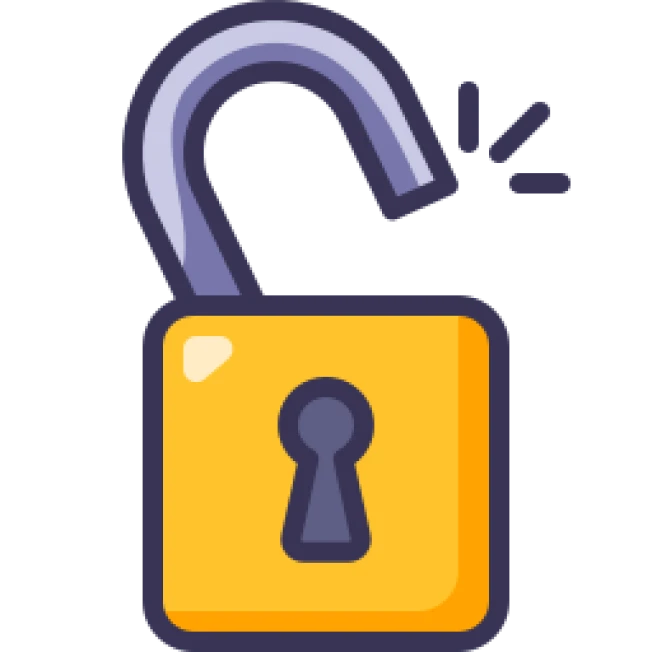Question: How long does the Uber SDE 1 hiring process take?
Answer:
The entire process usually takes 3-6 weeks, depending on the role and the number of candidates.
Question: Does Uber hire SDE 1 candidates for remote roles?
Answer:
Mostly hybrid/onsite, but some teams allow remote work.
Question: What is the difficulty level of Uber interviews?
Answer:
The interviews are difficult, with a strong focus on problem-solving and technical skills.
Question: Is Uber interview difficult to crack?
Answer:
Every interview can be cracked with the right preparation.
For Uber, the technical skills of candidates is thoroughly tested as well as problem solving skills. Preparing aptly for the interview will make it easy to crack.
Question: Does Uber ask questions about previous projects?
Answer:
Yes, be prepared to explain your previous projects in detail, especially in technical and product management roles.

 Apply For Jobs
Apply For Jobs Get Hiring Updates
Get Hiring Updates

